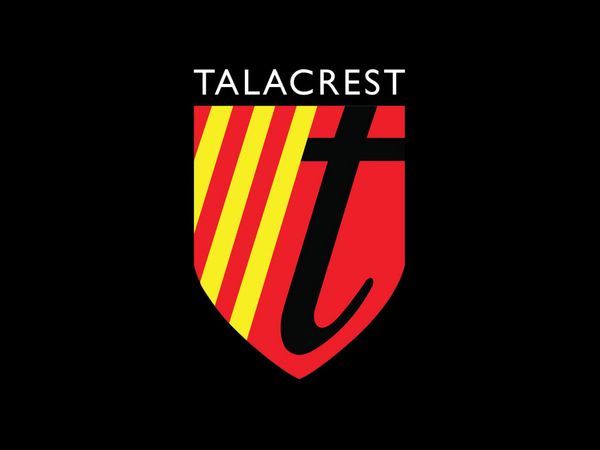WORLDWIDE AUCTIONEERS - AUBURN AUCTION - SELLING ON SATURDAY SEPT 3-4 - 1937 Miller-Gulf Race Car Chassis No: 001
• One of two Miller racing cars commissioned by Indianapolis champion, Ira Vail
• Recognized as the most original survivor by Miller enthusiasts and experts
• Exceptionally original example of Harry Miller’s creative genius
• A tour de force of Harry Miller’s advanced engineering and construction
• One of the last major racing-car projects completed by Harry Miller
255 cid DOHC inline four-cylinder engine, twin Winfield carburetors, three-speed rear transaxle, four-wheel independent suspension with transverse leaf springs, four-wheel Miller disc-type brakes; wheelbase: 94"
Without doubt America’s most successful and creative racing engineer and constructor of the pre-WWII era, Harry A. Miller’s life story is one of triumph and tragedy, filled with brilliant successes and crushing defeats. Having powered Indianapolis champions and some of the era’s fastest aircraft and racing speedboats, Miller and the many designs that sprang from his fertile mind continue to fascinate collectors, historians, and racing fans today. His creations also inspired some of his most revered contemporaries in Europe, including Ettore and Jean Bugatti.
Following the sale of his business just before the 1929 stock-market crash, Miller was bankrupt by 1933 yet still in demand for his proven engineering prowess. Despite tight economic times and the stunning failure of the radical Miller-Ford V-8 cars at the 1935 Indianapolis 500, Miller continued his work despite worsening health, working on a short-lived project for an innovative sports car with renowned stylist, Tom Hibbard. When other men might have been defeated, Miller was approached with an exciting project in early 1937 by long-time racing driver Ira Vail – Miller’s first client for an eight-cylinder racing engine. Feeling the time was right to challenge the proven, but obsolescent pre-WWI technology that dominated America’s dirt tracks and the Indianapolis Speedway, Vail commissioned Miller to design and construct two new four-cylinder racing cars, giving the renowned engineer the freedom to break new ground in every respect.
Design and construction began in earnest and revitalized Miller, who based the new racer’s lightweight DOHC four-cylinder engine on plans dating to 1933 for a proposed aircraft-engine design, itself loosely based on Miller’s 255 cubic-inch racing-engine architecture. Cast-in fins on both the block and cylinders enhanced cooling and added an unintended beauty to the powerplant. The chassis, constructed of beefy, deep members, was cadmium-plated and featured advanced independent suspension. Brakes were a Miller first – disc-type, with a design reminiscent of clutch plates, one already used on military aircraft. An intricate cooling manifold ahead of the engine and exposed tubular radiator elements were inspired by Schneider Cup racing seaplanes of the earlier 1930s and gave the cars a decidedly Art Deco- look. Sleekly streamlined, speedster-type bodies included faired-in suspension components and utilized the latest aerodynamic concepts.
Soon after Miller began construction of these cars, Gulf Oil purchased and took over the project, retaining Miller and providing him with even more resources, including a virtually open check book and state-of-the-art facilities under the newly established Gulf Research Development Co. in Harmarville, a Pittsburgh, Pennsylvania suburb. For its part, Gulf was eager to promote its lubricants and ‘No-Nox’ 80-octane pump gas with Miller’s cars in competition. Despite the large investment and Miller’s involvement, the cars were completed but during testing at the Langhorne dirt track, proved disappointing with severe cooling problems that went unresolved, even with a switch to more normal radiators mounted at each side of the cars. A qualifying attempt at Indianapolis in 1938 was made and, in 1939, the nose cone was reconfigured to a more normal look with a radiator in the usual position behind it – the style it retains today.
The two four-cylinder cars were disposed of by Gulf and sold to Preston Tucker, never to race again. Even more radical mid-engine, six-cylinder cars followed and marked the last major project of Miller’s lifetime before his eventual passing in 1943. Despite initial promise, heavy investment, and fascinating technical development that could easily fill several volumes, Gulf finally pulled the plug on the Miller program in 1940. The Miller-Gulf racing car offered here is a wonderful touchstone to Harry Miller’s virtually unstoppable genius and one of his last major engineering projects. Bearing Chassis Number 1 and retaining the original engine, it is one of the two four-cylinder race cars commissioned by Ira Vail from Miller and subsequently completed and tested under Gulf Oil. Closely followed by members of the Miller community, this Miller-Gulf is considered one of the most original Miller creations anywhere in the world today and it is irreplaceable, with Harry Miller having personally touched every one of its components, including the original sheet metal bodywork.
Provenance is outstanding and well-known, with both Miller-Gulf four-cylinder cars purchased from Gulf by Preston Tucker, who separated the engines from each car and is believed to have intended to use them for an aircraft program he once envisioned for the U.S. Army Air Corps. The next known owner of both Miller-Gulf four-cylinder engines was Donald Lockwood, who retrieved them both from the Strufy’s wrecking yard in Gary, Indiana during the 1950s and retained them for the next several decades. After Tucker, known owners of this car were Terry Buthim of the Pacific Northwest, noted collector Robert “Buck” Boudeman of Kalamazoo, Michigan by the 1990s, and finally our consignor in 2008. The engines were acquired from Donald Lockwood and the original engine was subsequently reunited with this car by the consignor who sympathetically assembled it for display purposes only. However, the engine was rebuilt and then started and briefly run on a dynamometer. The body was kept in its final configuration, repainted White, and numbered ‘16’ by our consignor.
The integrity of this one-of-two Miller-Gulf race car is simply exceptional. Development and construction of it and its sister car are extremely well-documented in Mark L. Dees’ authoritative book, “The Miller Dynasty,” including extensive period photographs of the car’s iterations. The car is also documented in numerous other books by respected Miller experts and well-known for its amazing authenticity and legitimacy among members of today’s tightly knit community of Miller collectors, enthusiasts, and historians. One of the most attractive and technically sophisticated open-wheel racing cars of the prewar era, this one-of-two 1937 Miller-Gulf race car is extremely significant and simply irreplaceable as one of the last to emanate from the fertile mind and gifted hands of Harry Miller and his team. Miller-Gulf 001 holds its place amongst the very best and most important cars of its era and represents an unmatched part of racing history in America.
Text and image courtesy of Worldwide Auctioneers





















